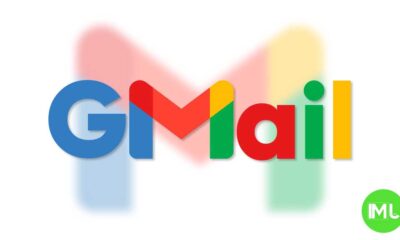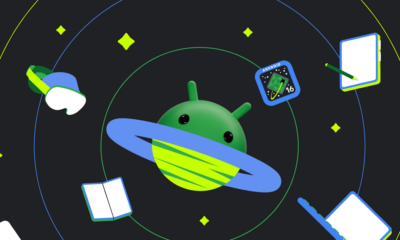Google Pixel’s Growing US Market Share: A clear trend amid fluctuating numbers
Google’s Pixel lineup is making waves in the US smartphone market, with reports indicating significant growth. However, some early claims about the extent of this growth have been revised, revealing a mix of fluctuations and promising trends.
Early Growth Claims: Too Good to Be True?
In November, StatCounter shared data suggesting Google Pixel devices experienced an extraordinary threefold growth in the US market within just one month. This bold claim drew attention, but its accuracy was questioned. Shortly after, the numbers began to fluctuate, casting doubt on the initial figures.
A Reddit user noted that StatCounter’s data showed Pixel’s market share jumping between 5% and 20%, inversely mirroring the iPhone’s share. This inconsistency likely stems from how the data is collected—by tracking web traffic across numerous websites. Such data naturally varies as traffic patterns shift over time.
The Bigger Picture: Consistent Growth Over Time
Despite the short-term volatility, the broader trend is clear: Pixel is steadily gaining traction in the US market. Analyzing StatCounter’s figures for October and November reveals an average market share of 12.2% for Pixel devices, compared to 52.9% for iPhones and 23.8% for Samsung. This marks a significant improvement for Google, even if the earlier claims of 14.6% share seem overstated.
When examining the data from August through November, a pattern emerges. The Pixel’s share consistently climbed above 8% before the reported volatility began in October. This suggests that while the peak numbers might not fully reflect reality, Google’s upward trajectory in the smartphone market is undeniable.
What’s Driving Pixel’s Growth?
The Pixel series has been gaining momentum thanks to innovative features, competitive pricing, and growing brand recognition. Google’s recent record-breaking sales quarters and the inclusion of Pixel devices in top-10 lists further underline its progress. These achievements come amid strong competition from Apple and Samsung, making Google’s success in carving out a larger market share all the more impressive.
Looking Ahead: What to Expect in 2024
As 2024 approaches, more comprehensive data reports will likely clarify the extent of Pixel’s growth. While StatCounter’s figures provide valuable insights, they are best viewed as part of a broader context rather than definitive metrics. Continued sales performance and market analysis will shed more light on whether Google can maintain this upward trajectory.
Conclusion: A Positive Outlook for Pixel
Despite the fluctuating numbers, the long-term trend for Google Pixel devices is one of growth. The data shows that Google is making inroads in the competitive US smartphone market, challenging established players. As the Pixel brand continues to evolve, its future in the market looks promising.
Gmail and Google Photos get new design and useful updates
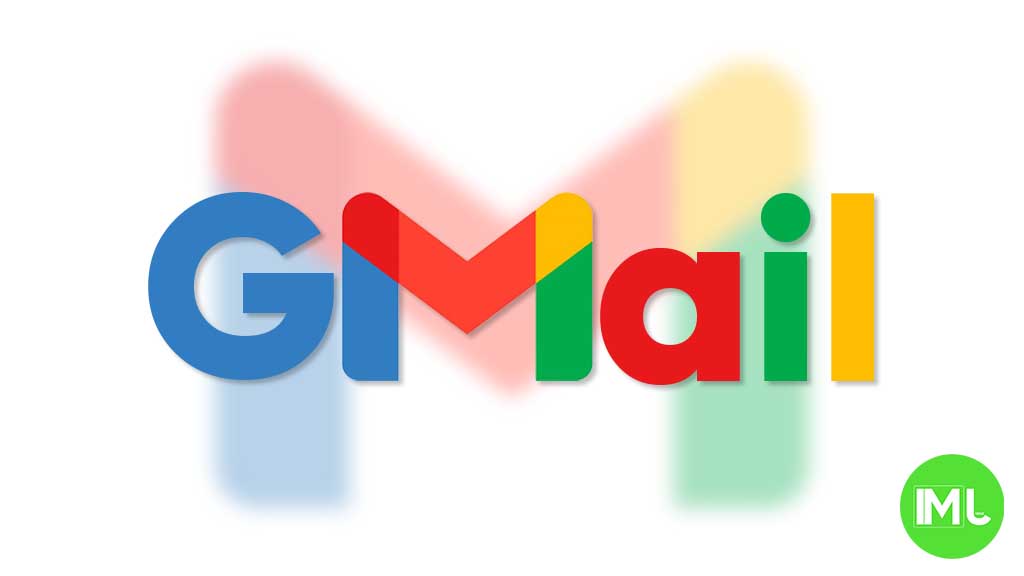
Google is giving Gmail and Google Photos some fresh updates to make things easier and more user-friendly.
First, Gmail on the web is now getting a new layout option. You can choose between “Cozy,” “Comfortable,” or “Compact” views based on how much space you want between your emails. Google is also adding a setting to control whether your inbox and labels stay on screen or only show up when needed. These changes make it easier to personalize how Gmail looks and feels.
Meanwhile, Gmail for iPhone is getting a visual upgrade. The app now uses Google’s updated design style called “Material 3.” You’ll notice a cleaner look with a rounded search bar at the top, smoother icons, and better spacing. Although the bottom bar and buttons look mostly the same, the overall design feels more modern and easier on the eyes.
Lastly, Google Photos is bringing back a helpful feature. The classic search shortcut that appears in the bottom bar is returning, making it quicker to find your photos. Before this, the shortcut had been removed when Google added the new “Memories” tab. Now, both features work together, letting you browse memories and search with ease.
These updates aim to make Google’s apps feel more useful, clean, and easier to use on both desktop and mobile.
Android
Android 16 boosts USB data safety and fixes delayed notifications on Pixel phones
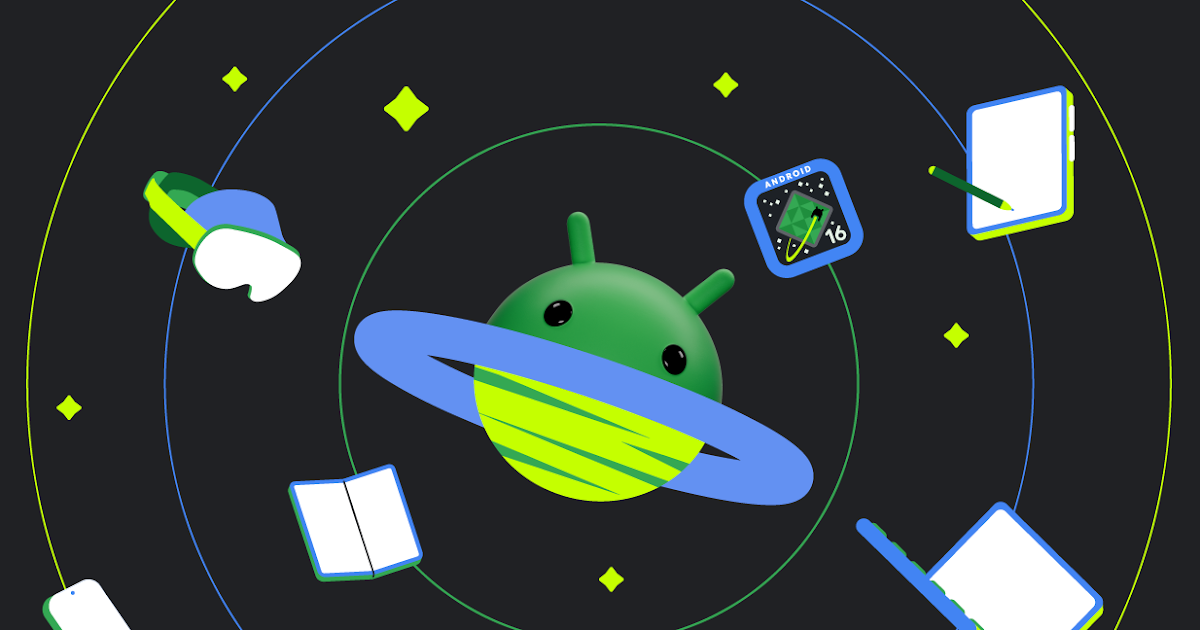
Google’s upcoming Android 16 update is bringing better security and some helpful improvements, especially for Pixel phone users. One of the main features in Android 16 is a new way to protect your phone’s data when it’s connected to a computer through USB. Right now, when you plug your phone into a PC or laptop, it can access all your data as long as you approve it.
With Android 16, Google is adding an extra security layer that only allows limited access unless you enter your PIN, password, or use your fingerprint. This will help protect your files if someone tries to access your phone without permission.
At the same time, Google is also working on a fix for a frustrating issue that some Pixel users have been facing for months — delayed notifications. After the April 2024 update, many users noticed that app alerts were not showing up on time, especially from messaging apps. Google has confirmed the problem and says a fix will be included in a future update, though it’s not in the current April patch yet.
Together, these changes show that Google is focusing on both stronger privacy and a smoother experience for Android and Pixel users. Android 16 is expected to roll out later this year, starting with developer previews.
Android
Google improves Translate, Assistant, TV, and Chrome with new updates
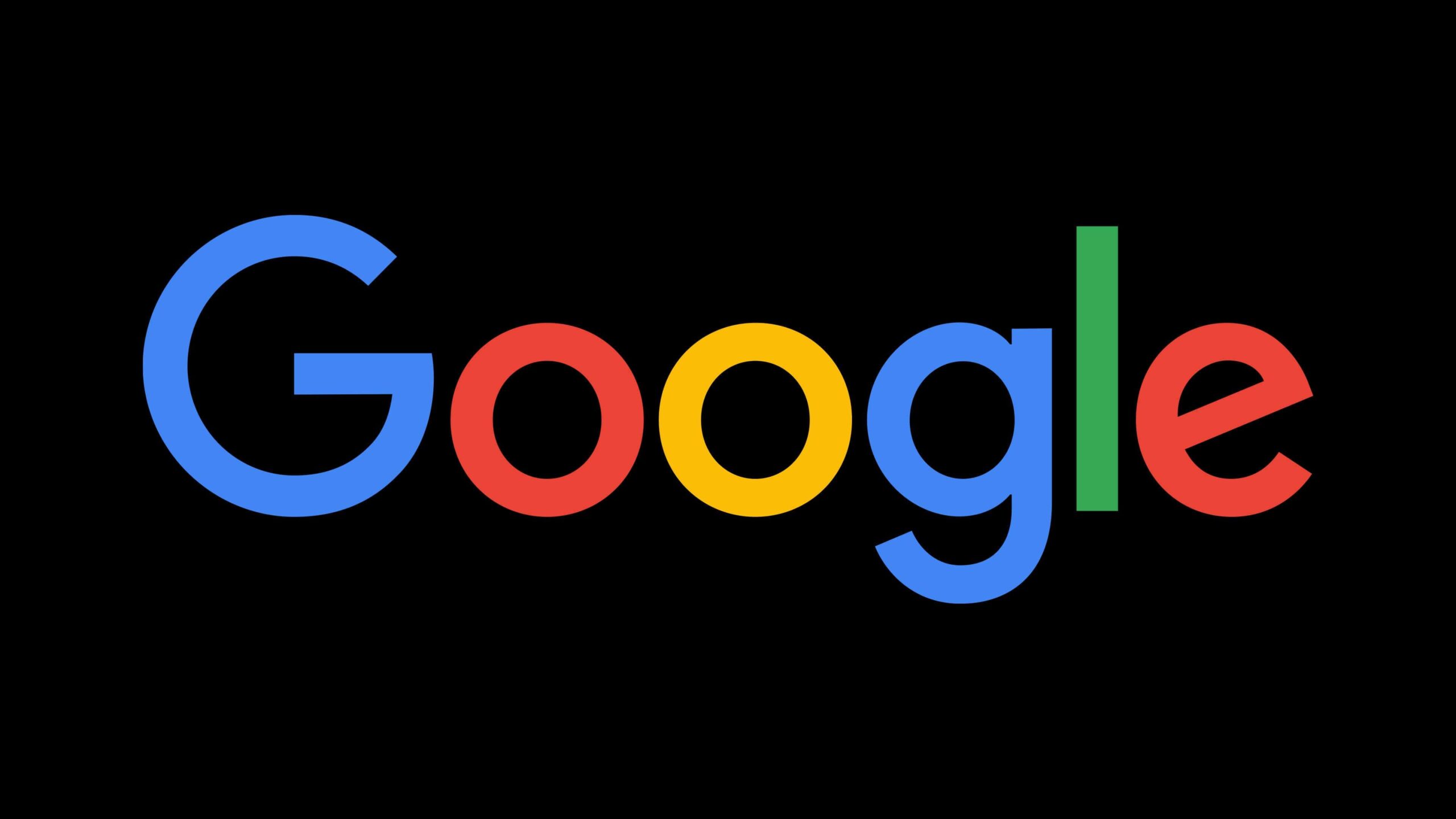
Google is bringing several updates across its apps to make them more useful and easier to use. Google Translate is working on a new feature called “Practice.” It helps users improve their language skills by offering short exercises, like matching words or filling in blanks. Right now, it looks like it will focus on Spanish, but other languages may come later. This tool could be great for people who want to go beyond just translating words and learn the language.
Google Assistant’s Driving Mode in Google Maps is starting to shut down. Many users are noticing that the card-style dashboard is disappearing, and the Assistant voice command shortcut no longer works. Google hasn’t officially said why, but it seems they’re moving away from this feature, possibly to focus on other tools or experiences in Maps.
Google TV’s Freeplay app is now back with a fresh look. It gives users free access to over 100 live TV channels. The redesign makes it easier to browse channels and see what’s playing. The new layout also highlights what’s currently on, making it faster to start watching without having to dig through menus.
Lastly, Google Chrome is testing a new built-in PDF viewer. This upgraded tool makes reading and editing PDFs easier right inside the browser. It includes better zoom controls, a cleaner layout, and a page list view that lets users jump to specific pages more quickly. These updates show Google’s push to improve how we learn, drive, watch TV, and browse the web.
-

 Apps1 year ago
Apps1 year agoGboard Proofread feature will support selected text
-

 News1 year ago
News1 year agoSamsung USA crafting One UI 6.1.1
-

 News1 year ago
News1 year agoBreaking: Samsung Galaxy S22 may get Galaxy AI features
-

 News1 year ago
News1 year agoSamsung Galaxy S23 Ultra with One UI 6.1 and all S24 AI features revealed
-

 News1 year ago
News1 year agoOne UI 6.1 Auracast (Bluetooth LE Audio) feature coming to many Samsung phones
-

 News1 year ago
News1 year agoSatellite SOS feature coming to Google Pixel phones, evidence leaked
-

 Apps11 months ago
Apps11 months agoGoogle’s fancy new Weather app is finally available for more Android phones
-

 News1 year ago
News1 year agoGoogle Pixel evolves as Europe’s third best selling flagship

